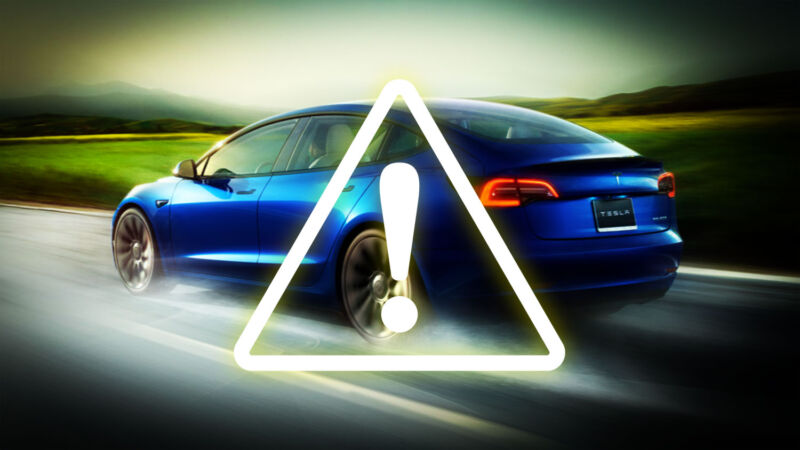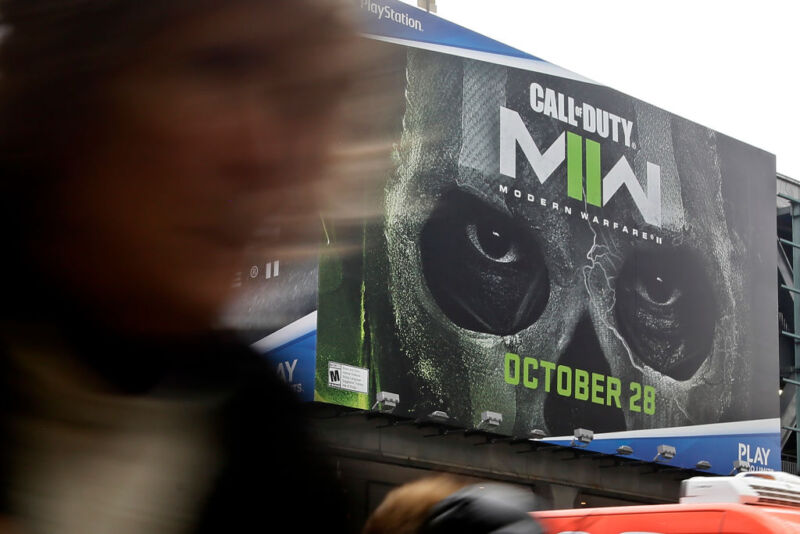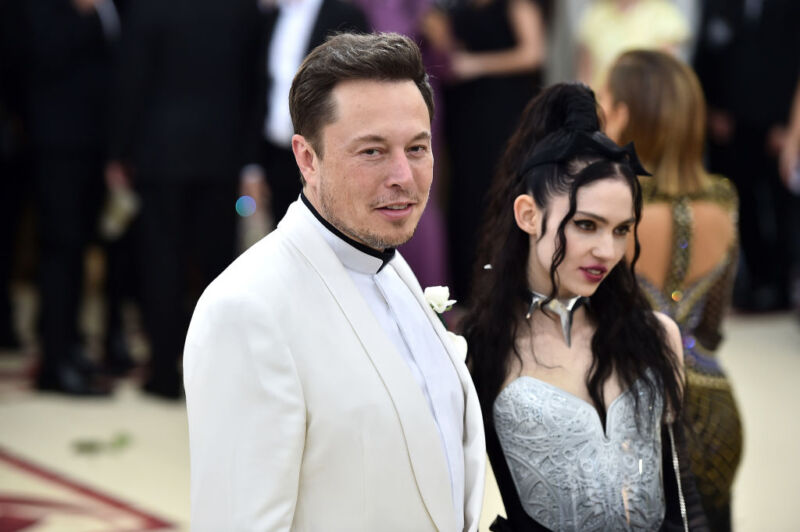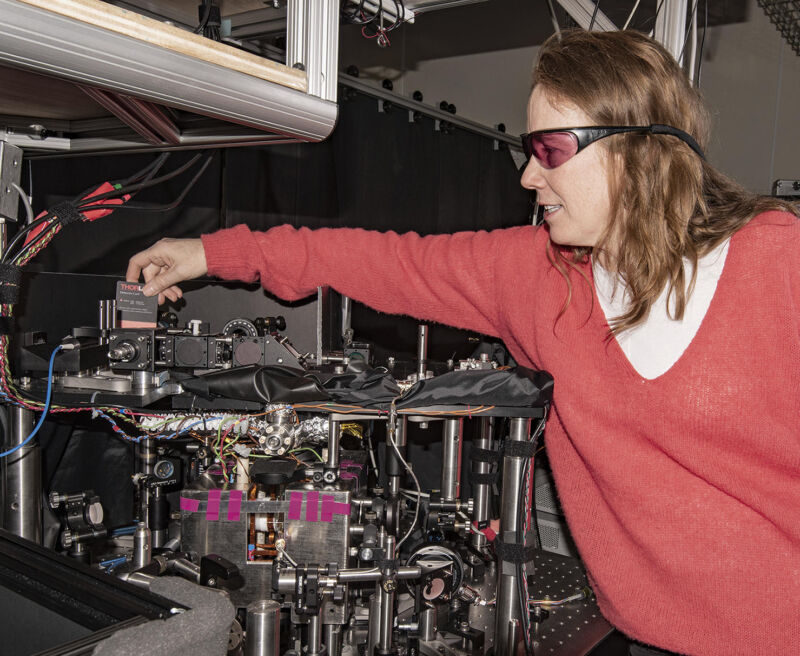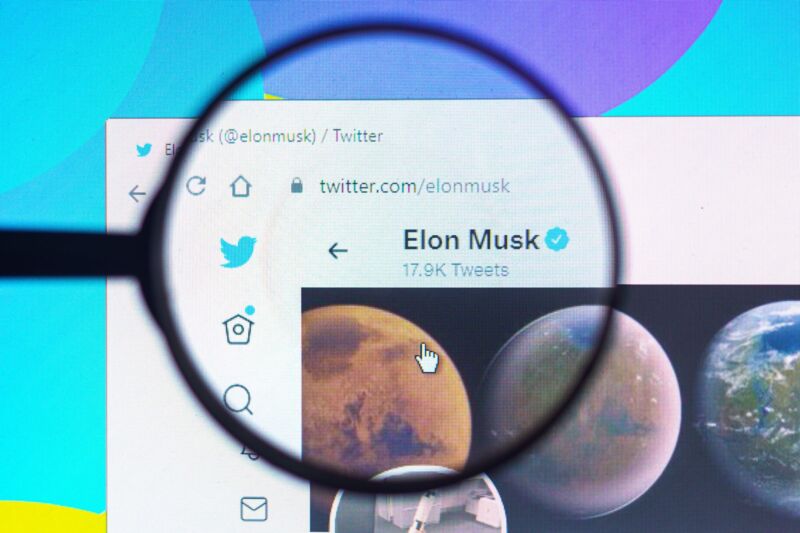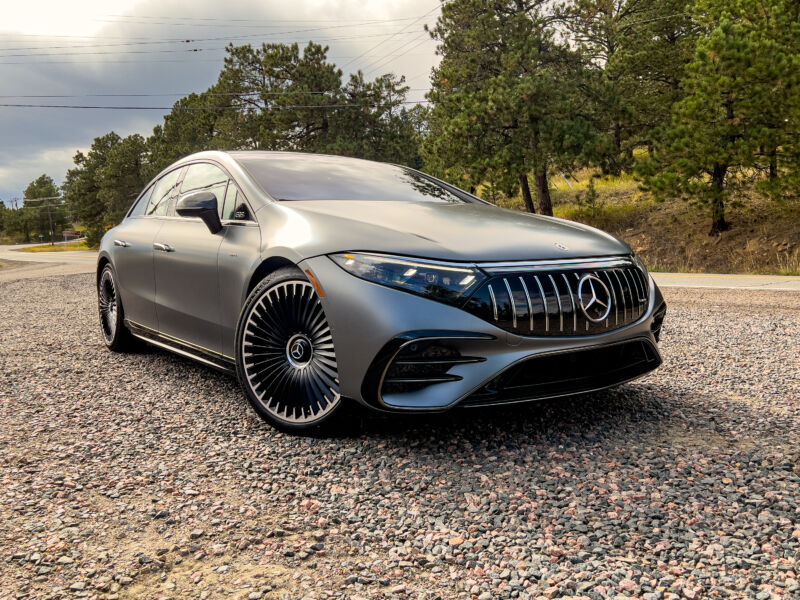
Enlarge / The self-portrait of Webb's mirrors is also looking very sharp thanks to the improved alignment. (credit: NASA/STScI)
How often does something work exactly as planned, and live up to its hype? In most of the world, that's the equivalent of stumbling across a unicorn that's holding a few winning lottery tickets in its teeth. But that pretty much describes our top science story of 2022, the successful deployment and initial images from the Webb Telescope.
In fact, there was lots of good news to come out of the world of science, with a steady flow of fascinating discoveries and tantalizing potential tech—over 200 individual articles drew in 100,000 readers or more, and the topics they covered came from all areas of science. Of course, with a pandemic and climate change happening, not everything we wrote was good news. But as the top stories of the year indicate, our readers found interest in a remarkable range of topics.
10. Fauci on the rebound
For better and worse, Anthony Fauci has become the public face of the pandemic response in the US. He's trusted by some for his personable, plain-spoken advice regarding how to manage the risks of infection—and vilified by others for his advocacy of vaccinations (plus a handful of conspiracy theories). So, when Fauci himself ended up on the wrong end of risk management and got a SARS-CoV-2 infection, that was news as well, and our pandemic specialist, Beth Mole, was there for it.






















